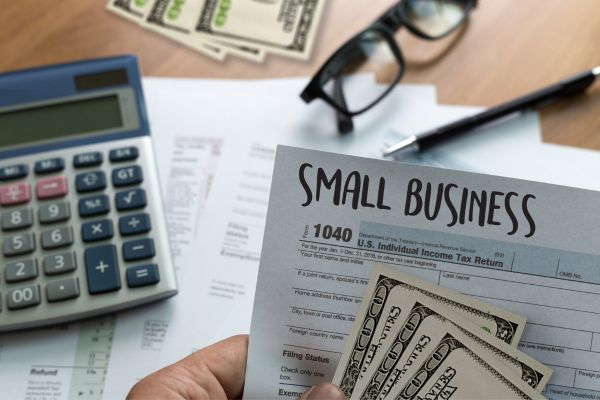Here are 10 tips for creating professional business cards that look professional.
Your business cards can be a great way for you to market your company to potential clients. You want to make sure that you get the most out of them. You’ll learn how you can design business cards that are effective, professional business cards and representative of your brand.
Richard Budd (our Senior Production Print Analyst) told us that:
A good business card must reflect the personality and appeal of the business. The right stock weight, texture and colour are all important things to consider as well as embellishments using custom colours (including Beyond CMYK+) and finishing (rounded edges/embossing/folding).”
We have compiled our thoughts into the following ten categories.
- How to include information.
- Branding.
- Basic design guidelines.
- Color and design.
- Typography.
- You can leave blank space.
- Size, shape and material.
- Multifunctionality.
- Final touches
- Proofreading.
How to include information.
Traditional business cards are limited in space. Therefore, the information you include should be specific. Adding unnecessary information to a card will only dilute the important parts.
Add your phone number as well as your email address to let clients know how they can reach you. The client can choose the preferred method of communication by giving them two options or more. Your website might have information that is different from what you list. This could include more visible directions to your office, active social channels, and other pertinent details about your business.
Branding.
Branding is vital. Your brand is what makes your business stand out and gives you a sense of identity. Your logo should be on every business card. Make your logo visible from all sides.
For example, the business card below prominently displays the logo and incorporates your name into it.
Basic design guidelines.
- Follow the basic design guidelines.
- Avoid enlarging images when possible and use high-resolution photos to avoid distortion.
- Design in the right format.
- Trim the edge by 5mm
- You should set a text limit that is small enough to be easily read.
Color and design.
Your design should be consistent with all your business collaterals. Use the same color swatches and design elements. Your business card is an extension to your brand. It should be easily identifiable, but you shouldn’t limit your creativity. To grab clients’ attention, be bold with color and create eye-catching designs.
Typography.
It is important to choose the right typeface. You want one that is easily read and conveys the business’s personality. You can choose between serif and sans-serif fonts. Maybe you want to digitally transform your signature and/or your handwriting, and add that personal touch to your business cards. There are many types of fonts out there, so take your own time to look at your options. It is best to use the fonts from your style guides if you have a business-specific typeface.
The cursive script typography gives the design a personal touch in this example:
Blank space is not to be avoided
You don’t have to fill empty space with unnecessary information. You don’t want to overfill the business card with information that takes away from the important things. Plus, it can help to balance the design and improve the composition. Even if you don’t plan to use it, some people may like to keep track of important information on business cards.
The size, shape, and materials of business cards.
The standard business card measures 3.5 inches by 2.25 inches. This size is perfect for slipping into a wallet. However, you don’t need to adhere to the tradition. Your business card might be rounded, squared, or something completely different to make it stand out.
It is also important to decide on the material you will print your business cards on. Traditional business cards are printed on 14 Pt cardstock. This is thick and durable. You might also want to impress customers by using something such as the Xerox Colotech+ Gloss, and Silk coated papers range.
Multifunctionality.
Your business card can be multifunctional. You could include special offers or turn it into a loyal card. You are encouraging potential customers that they will keep your card longer by doing this.
By placing the logo in the background, with a reduced transparency so that text can be layered on it, this optimizes space. A business card can also be used in multiple ways. This one shows this by turning the back into a loyalty card to encourage customers to keep theirs.
Final touches
Your business card can be finished with finishing touches that will make it stand out from your competition. Examples include:
- Embossing
- Debossing
- The edge of the business cards can be colored
- Radiated corners
- Metallic foiled edges
- Foil print
- Spot gloss
- Proofreading.
Make sure you check again. You might be able to spot an error that you didn’t notice. Get another opinion. Once you feel you have completed your work, print it out and proofread it. This will help you to spot errors.
Additional Resource:
https://www.freepik.com/free-photos-vectors/business-card
https://www.moo.com/us/business-cards
https://www.zazzle.com/c/business+cards


